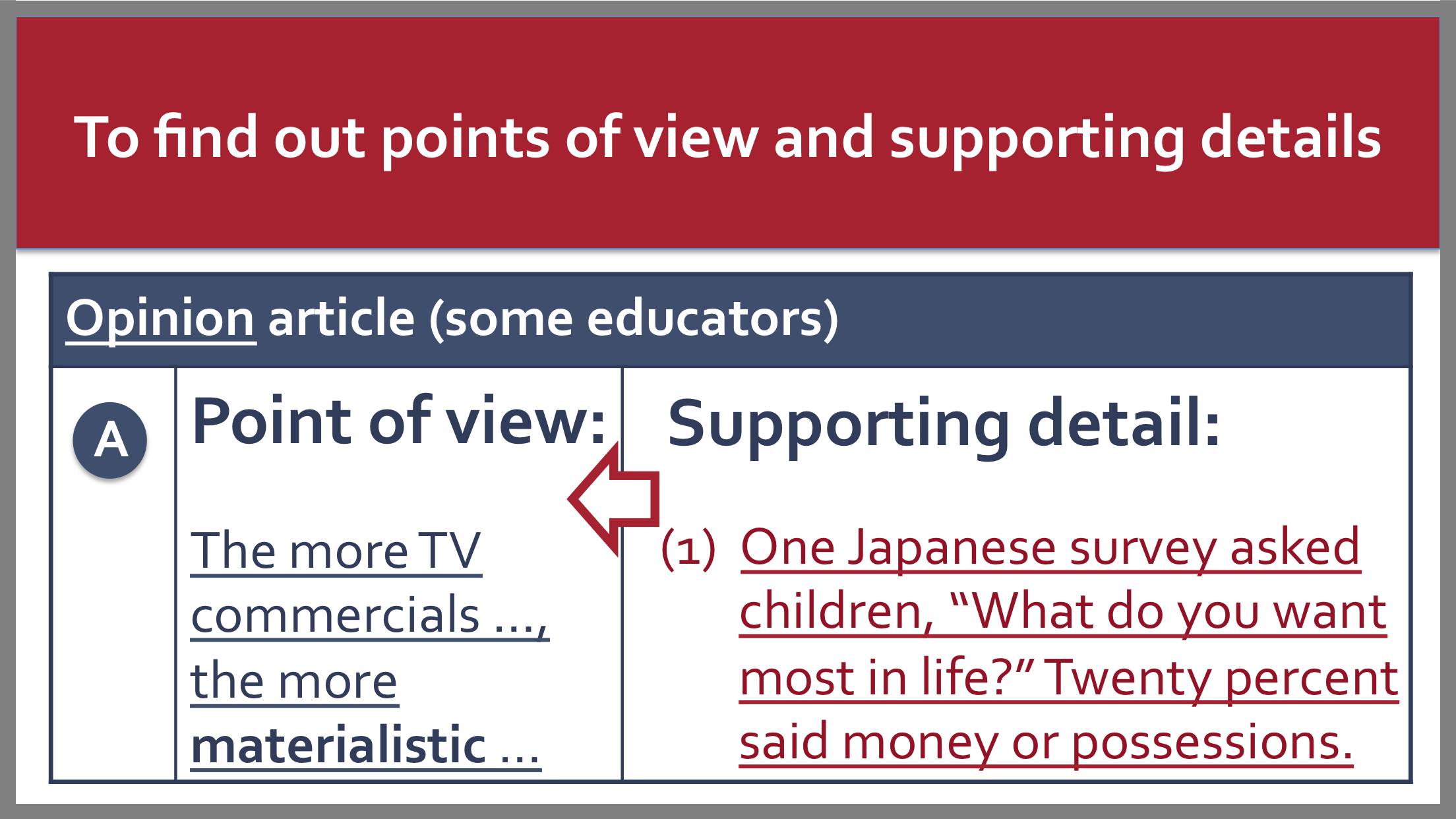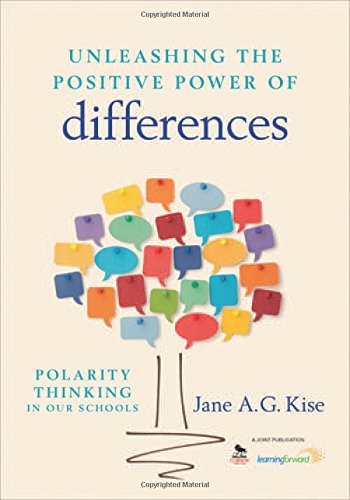Understanding the Differences: Parent Plus Loan vs Student Loan
#### Parent Plus Loan vs Student LoanWhen it comes to financing higher education, understanding the options available is crucial for both parents and studen……
#### Parent Plus Loan vs Student Loan
When it comes to financing higher education, understanding the options available is crucial for both parents and students. Two popular types of loans are the Parent Plus Loan and the Student Loan. Each has its unique features, benefits, and drawbacks that can significantly impact the financial future of both parties involved. In this article, we'll delve deep into the differences between these two types of loans, helping you make an informed decision.
#### What is a Parent Plus Loan?
The Parent Plus Loan is a federal loan program designed specifically for parents of dependent undergraduate students. This loan allows parents to borrow money to help cover the cost of their child's education, including tuition, room and board, and other associated expenses. One of the key features of the Parent Plus Loan is that it is the parent, not the student, who is responsible for repaying the loan. This can be a double-edged sword; while it enables parents to take on the financial burden, it can also lead to significant debt for them if not managed properly.
#### What is a Student Loan?

On the other hand, a Student Loan is typically borrowed directly by the student. These loans can be federal or private, and they come in various forms, including subsidized and unsubsidized loans. Federal student loans often have lower interest rates and more flexible repayment options compared to private loans. The key difference here is that the student is responsible for repaying the loan, which can help them build credit and financial independence. However, this also means that students may graduate with significant debt, which can impact their financial decisions for years to come.
#### Key Differences Between Parent Plus Loan and Student Loan
1. **Borrower Responsibility**: The most significant difference lies in who is responsible for repayment. With a Parent Plus Loan, the parent is responsible, while with a Student Loan, the student takes on the responsibility.
2. **Interest Rates**: Parent Plus Loans typically have higher interest rates compared to federal student loans. This can result in higher overall costs for parents if the loan is not paid off quickly.

3. **Credit Check**: Parent Plus Loans require a credit check, but they are more lenient than private loans. In contrast, federal student loans do not require a credit check, making them more accessible for students.
4. **Loan Limits**: Parent Plus Loans allow parents to borrow up to the full cost of attendance minus any other financial aid received. Student loans, however, have annual borrowing limits that depend on the student's year in school and dependency status.
5. **Repayment Options**: Parent Plus Loans have fewer repayment options compared to federal student loans. While students can access income-driven repayment plans, parents must typically repay the loan in full, which can be a financial strain.
#### Conclusion

In summary, both the Parent Plus Loan and Student Loan serve essential roles in financing education, but they cater to different needs and have distinct implications for repayment. Parents should carefully consider their financial situation and the long-term impact of taking on a Parent Plus Loan, while students should evaluate their options for federal and private student loans. Ultimately, understanding the differences between Parent Plus Loan vs Student Loan can empower families to make the best financial decisions for their educational journey.